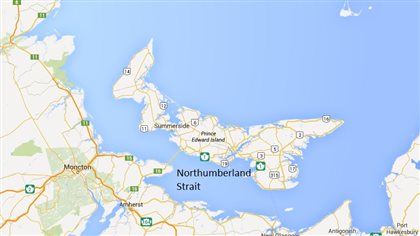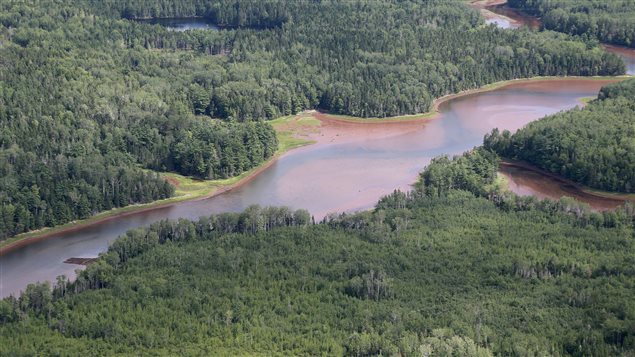A private conservation group will take aerial photos of an estuary in eastern Canada to try to assess the damage caused by the invasive species, the European green crab. The Nature Conservancy of Canada manages over 1,100 acres in the Pugwash River Estuary off the Northumberland Strait between the provinces of Prince Edward Island and Nova Scotia. It calls the area a significant wetland complex.

The crab is believed to be native to the Mediterranean Sea and to have made its way to waters around New York and New Jersey in the 1800s. It may have been brought in deliberately as a food source, and it may have travelled in the ballast of ocean-going ships.
As the climate changes and ocean waters warm, the green crab has made its way up the coast towards Canadian waters, where it has been tearing up beds of eel grass looking for food.
Listen‘Eel grass…one of the most important coastal systems’
As the climate changes and ocean waters warm, the green crab in the 1990s made its way up the coast towards Canadian waters, where it has been tearing up beds of eel grass looking for food.
‘Eel grass…one of the most important coastal systems’
“Eel grass is a native sea grass that is an important part of the coastal systems, probably one of the most important grasses,” says Doug van Hemessen, a stewardship coordinator with the Nature Conservancy of Canada. “(It’s) probably one of the most important grasses for fish-spawning, fish-rearing and it provides food for migratory waterfowl and overwintering waterfowl.
“It’s one of the most important primary producers and coastal systems in the Maritimes (in) eastern Canada.” Eel grass meadows are also important for filtering and trapping sediment which improves water quality.

Images from the sky and the sea
A small airplane is photographing the Pugwash River Estuary. Next year the Nature Conservancy of Canada hopes to collect green crabs and observe the eel grass from the ground as well to try to assess the crabs’ impact.
Although the green crab has no predators in the area yet, blue crabs appear to be moving north. They eat green crabs and could be a help in keeping their numbers down.
It’s hoped the research will help conservationists make decisions in managing the area and provide a reference for future research.







For reasons beyond our control, and for an undetermined period of time, our comment section is now closed. However, our social networks remain open to your contributions.